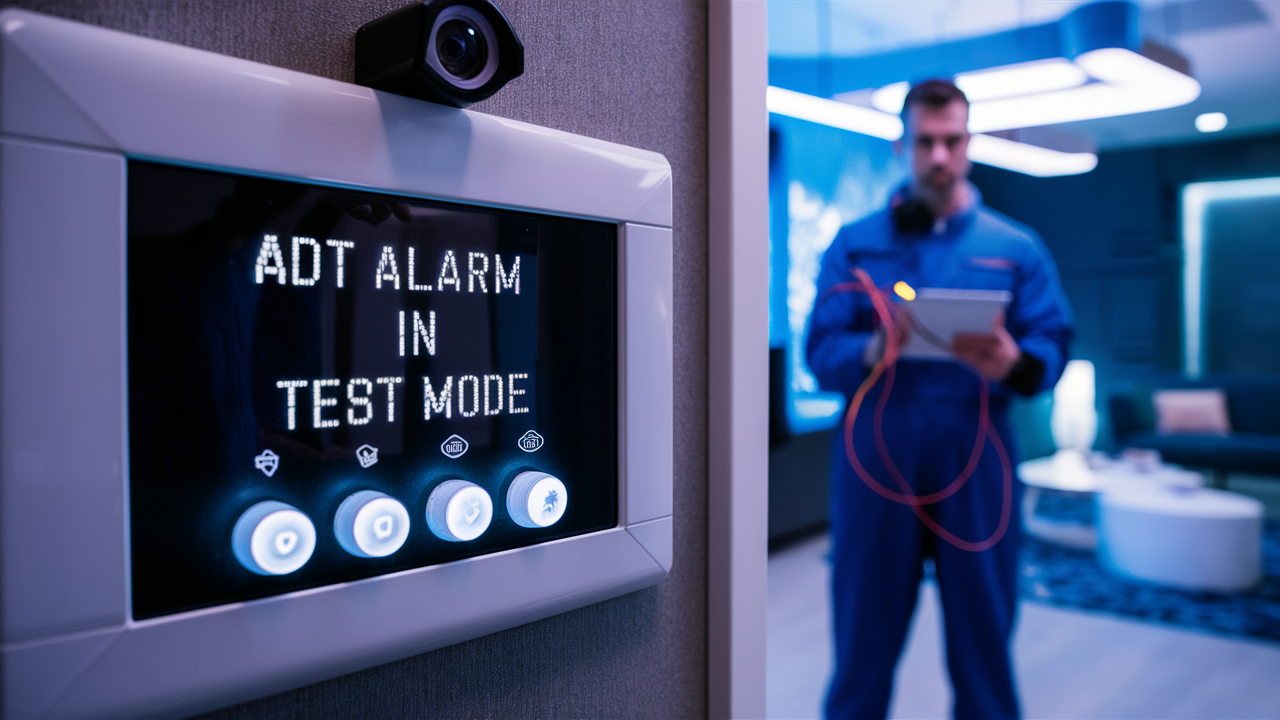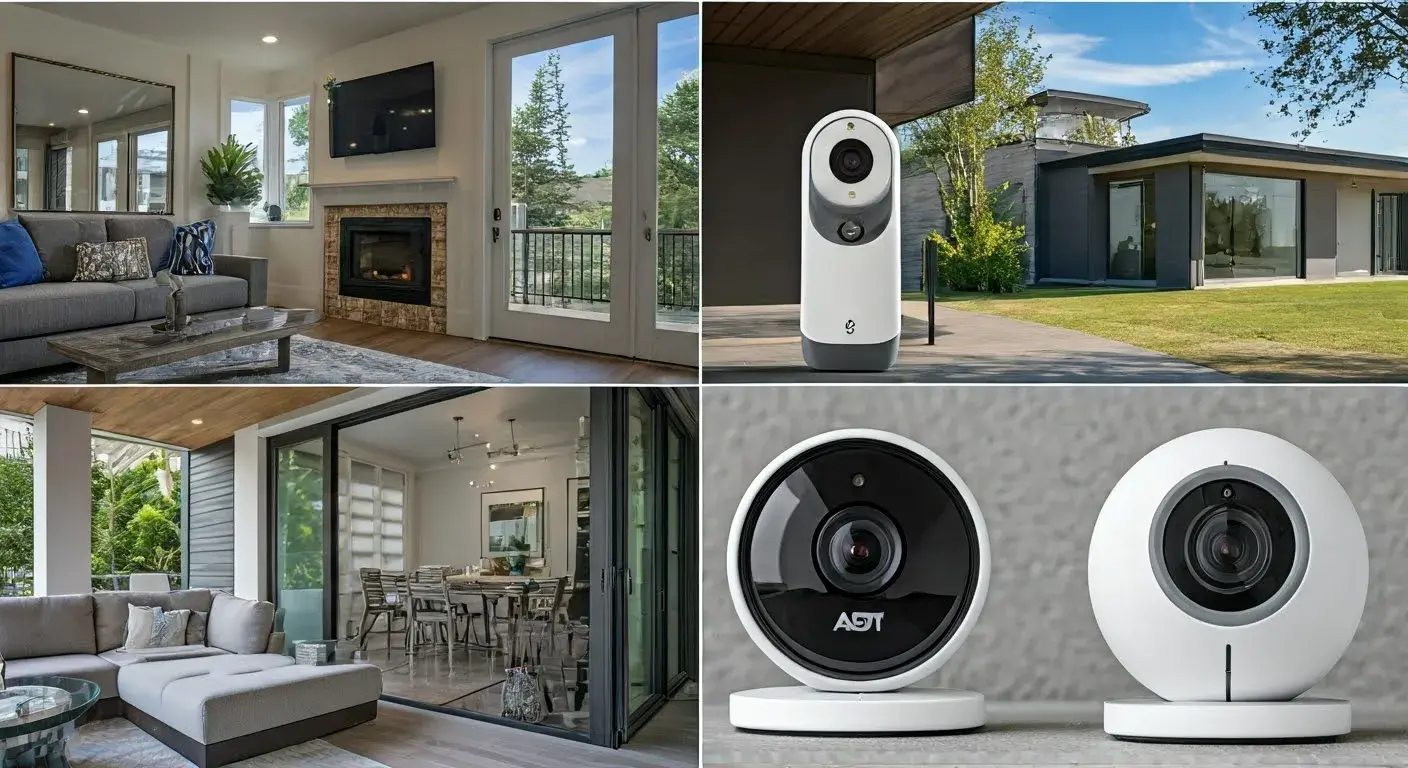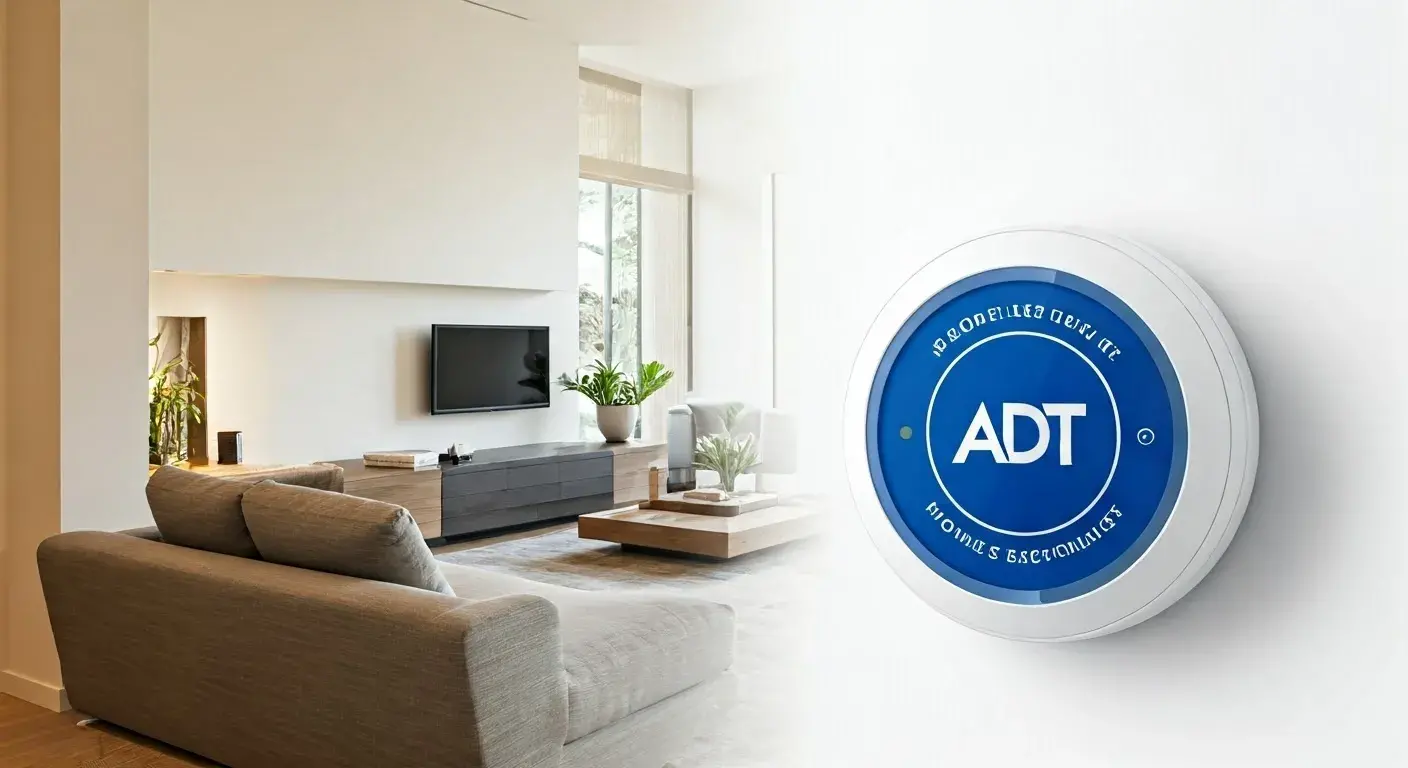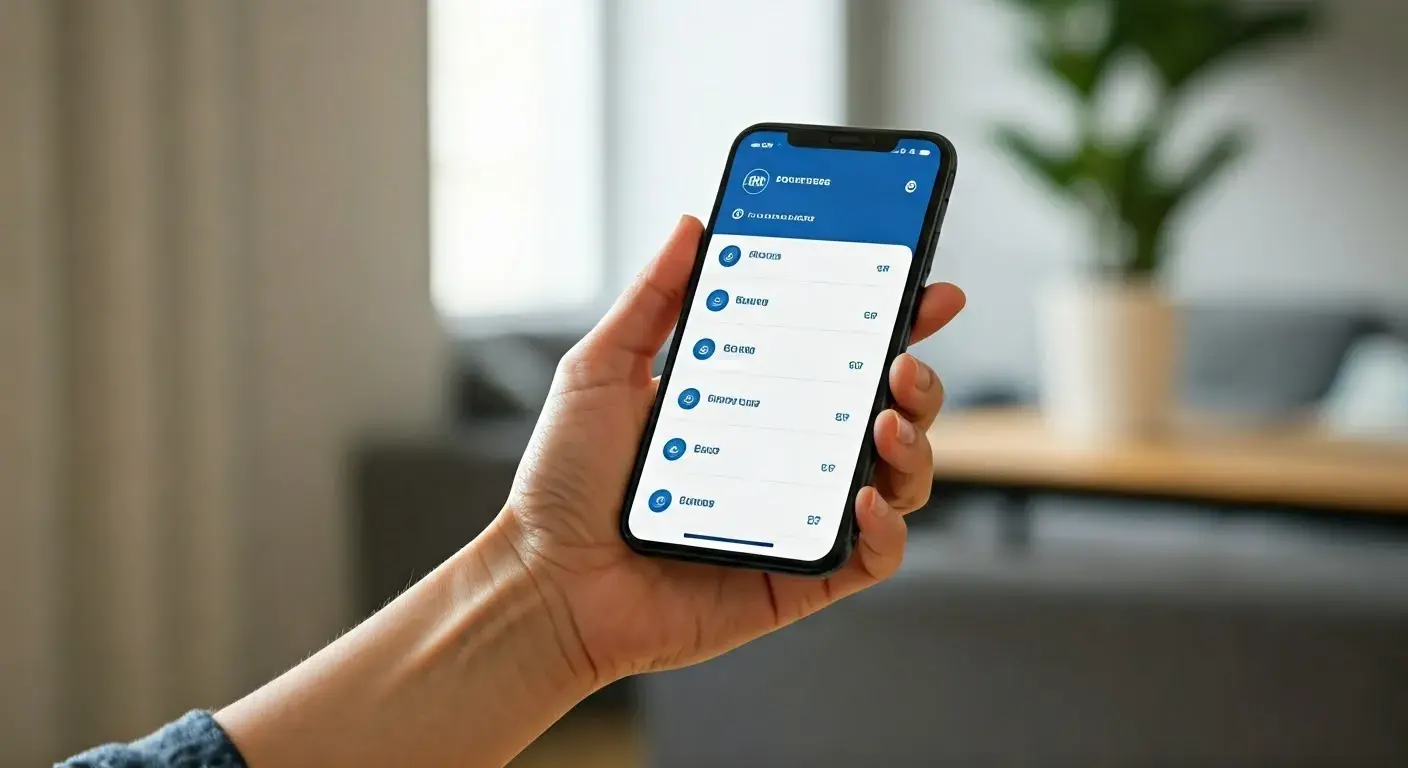There are several advantages of placing your ADT alarm system on test mode and this includes the fact that it can be used for testing purposes that will help in running diagnostics if all the components are functioning as they are supposed to without causing actual alarms. The ADT home alarm systems come with options that can be used to simulate an emergency and also to test the alarm system without having to connect with the monitoring center at ADT.
The first important step here is to ensure that your ADT home alarm is not active, or disabled. This is usually done through the keypad which requires a unique passcode to be entered into the alarm system. The Keypad light should be red and switch to green upon engaging the disarmed mode to show that the system is not actively monitoring the sensors.
Initiate Test Mode The first step that you need to take when you want to silence the ADT alarm system keypad is to switch the system to test mode.
- Dial in your 4-digit master passcode on the keypad and then press the ‘Bypass’ Button. The default value used in the master passcode is usually 1234 but it could have been changed at the time of installation or when the previous owners were still in the house.
- Then you type the Installer Code followed by the 8 key that ADT calls the next step in the process. The default ADT Installer Code is 4321 however, like with all codes this could have been changed previously. When typing the Installer Code, move the cursor to the end of the space and press the number 8 key on the keyboard.
- The keypad will then give a beep and show ‘Walk Test Mode’. Your ADT security system is now in installer test mode you can now activate devices without having to contact ADT’s central monitoring station.
Trigger Devices and Test System The trigger devices and test system used in this thesis are as follows: The good thing is that when you activate the test mode you should be able to move around your home and activate the various security sensors to ensure they function as expected. This means that as you trigger the devices for testing, you should walk back to the alarm keypad to check which zones are being activated.
- Check other protected doors/windows by opening them to ensure the sensors produce a signal when opened. You should see the zone number(s) on the keypad that correlates with the selected zone(s).
- Go in front of the motion detectors then check if the keypad displays the correct zone number. Do not expect a series of motion detections to be consecutive; the sensor can take up to 90 seconds between activations, which requires a reset period.
- To test your smoke detectors and/or carbon monoxide detectors, just press the test button until the detector sounds. The keypad should show the zone number(s) for a particular sensor that is in alarm at a particular time.
- If you have glass break sensors, conduct a glass break sensor test using a test strip or pull a door and tap the glass window firmly to pretend the glass is broken. Confirm correct zone activates.
- If you have any other types of security sensors in the system like flood or temperature they should also be tested by triggering and checking for the zone.
- Activate each sensor several times from different areas of a designated range where the sensors are capable of detecting motion. Ensure that they power up reliably each time during the testing phase.
At all the testing no real alarms will be triggered to ADT’s monitoring center until the system is out of test mode. There will be no way of identifying that the sensors are activated other than the alarm keypad. This ensures that in cases of diagnostic checks or some tests, the alarm is not created when it is not warranted.
Exit Test Mode When you have finished checking all devices and are done testing sensors with your system, you can take your ADT alarm out of test mode by, you can take your ADT alarm out of test mode by:
- Getting back to the alarm-disarming process and entering the master passcode on the keypad
- If the system has not identified the ‘Bypass’ button, press it again.
- Last of all, type in the Installer Code and press 0 in the keypad to come out from the walk test mode.
The keypad will continue to beep and then the ‘Walk Test Mode’ message will be erased from the LCD. It will then switch back to normal active alarm mode again and your ADT security system. Make sure all doors and windows are closed before coming out of test mode or for real alarms could go off.
Here are some additional tips when putting your ADT system into and out of installer test mode:
- It should only be in test mode when diagnosing the device and taking short tests on it. Do not leave it in the test mode for instance when you are not actively using it to turn on the devices.
- Make sure that all the sensors are functioning well before resuming the active alarm mode so that you do not have to deal with a false alarm sometime later.
- Avoid pulling any life safety-related buttons such as smoke or CO detectors over and above once or twice while conducting tests. If they are exposed to too many tests, they can neglect their alertness capabilities.
- It is also important to completely come out from the walk test mode by typing the Installer Code plus 0 key as explained in the above bullet points.
There is a special installer test mode built into every ADT home security system, and this can be used to check the sensors, experiment with the settings, or when encountering a problem. Just ensure that you observe the above precautions every time you place your system into the above diagnostic state and when you are pulling out of the same state. After reading this small but detailed 977-word guide, you will feel comfortable going ahead and putting your ADT alarm to test mode.
Protect your home today with ADT’s top-rated security solutions!
Call now at +1 877-470-7879 to get a free consultation and find out how you can secure your home with the best in the business. Don’t wait—ensure your peace of mind with ADT!






